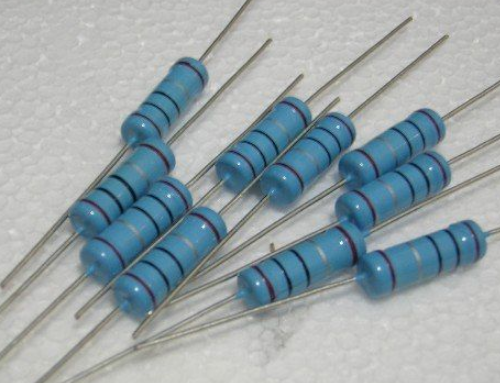As the temperature increases, the voltage of the thermistor becomes larger and larger. This is because as the temperature increases, heat will be gradually transferred to the thermistor, resulting in an increase in resistance.
1: The principle of thermistor
The principle of thermistor is to detect the surface temperature by the absorption of heat. When an object is exposed to a temperature difference, some of it generates heat and gives off electrons, which can then be used to measure the actual temperature of the surface. According to this principle, thermistors are generally divided into two categories: resistance and thermocouple thermistors. This is Honeywell RDS80004-L. They all have good features, but there are some differences. In the process of use, both types of thermistors have certain advantages, for example, resistance thermistors do not need battery power, so more simple and practical; But ordinary inductive thermistor can only get accurate measurement data through voltage converter.

2: Thermistor characteristics at different temperatures
The characteristics of thermistor mainly depend on the temperature, different temperature thermistor has different characteristics. It is usually a stable resistance device at high temperatures. When there is a lot of heat in the environment, it will deform and release a lot of heat, resulting in a large increase in heat, which will put more pressure on the system, resulting in the failure of thermistor. Therefore, in order to ensure human safety, it is recommended not to use overheated equipment or products. In addition, if the temperature is too high, it may also make the thermistor malfunction. Because overheated parts are prone to wear, corrosion, and even burn the internal circuit board, they should be avoided for a long period of time.
3: Changes in the amount of electrons also have an effect on the resistance
With the popularization of electronic equipment, the demand for thermistor is increasing. So, for the characteristics and use of thermistors at different temperatures, can be compared according to these two factors? First, let's look at the properties of thermistors at different temperatures. Thermistor generates a certain amount of heat due to the environment. This heat energy may be converted to heat when the radiation intensity in the environment increases. So if you want to lower the temperature, you have to keep the temperature constant. At the same time, if humidity is to be increased, the sensor should be kept away from hot areas. Second, let's look at the effect of a change in the number of electrons on the thermistor. Generally speaking, the higher the electron content, the higher the current and the lower the resistance value. However, when the voltage reaches a certain value, the charge is no longer stored in the conductor, so the current can no longer increase. Finally, in conclusion, in order to correctly judge the performance of thermistor, or need to combine with specific conditions to analyze.
Therefore, if you want to use thermistors indoors, you should choose the appropriate temperature range and resistance value. Generally speaking, it is better to control at about 30°C. Otherwise, something unusual may happen.
